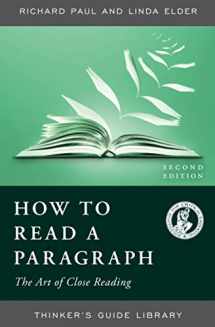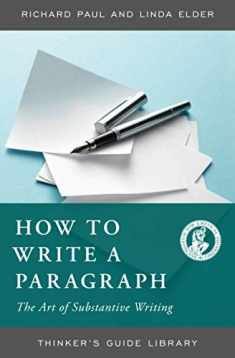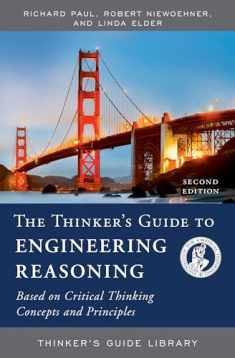
HOW TO READ A PARAGRAPH: THE ART OF CLOSE READING, SECOND EDITION (Thinker's Guide Library)
Book details
Summary
Description
Skilled readers do not read blindly, but purposely. They have an agenda, goal, or objective. Their purpose, together with the nature of what they are reading, determines how they read. They read in different ways in different situations for different purposes. Of course, reading has a nearly universal purpose: to figure out what an author has to say on a given subject. How you read should be determined in part by what you read. Reflective readers read a textbook, for example, using a different mindset than they use when reading an article in a newspaper. Furthermore, reflective readers read a textbook in biology differently from the way they read a textbook in history. The reflective mind improves its thinking by reflectively thinking about it. Likewise, it improves its reading by reflectively thinking about how it is reading. It moves back and forth between the cognitive (thinking) and the meta-cognitive (thinking about thinking). It moves forward a bit, then loops back upon itself to


We would LOVE it if you could help us and other readers by reviewing the book
Book review





